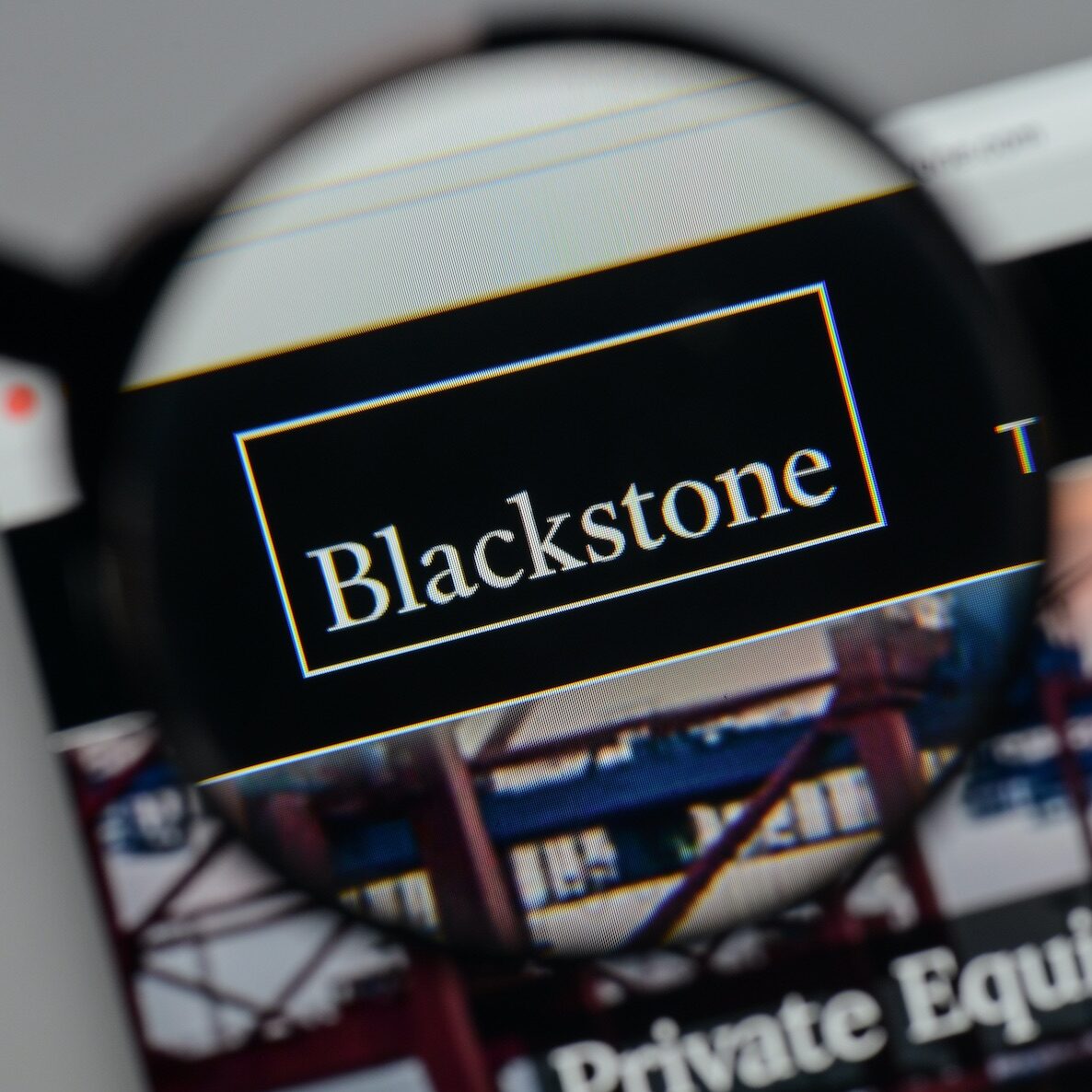A new era in private credit awaits as returns approach levels typically seen in buyout, according to new research by Adams Street Partners. “Over the past year or so, private credit has shed its reputation as private equity’s boring sibling,” says Jeff Diehl (pictured), Managing Partner and Head of Investments at the firm, adding that in the current climate, a high-quality private credit fund has the potential to produce a 14-15% gross IRR, mostly realized through quarterly cash distributions.
- ‘Boring sibling’ of private equity could reach 15% gross IRRs, says Adams Street
- Capital structure changes, strong collateral, and covenants limit direct lending risk
- With company fundamentals under pressure, loss avoidance is in the spotlight
A new era in private credit awaits as returns approach levels typically seen in buyout, according to new research by Adams Street Partners.
“Over the past year or so, private credit has shed its reputation as private equity’s boring sibling,” says Jeff Diehl, Managing Partner and Head of Investments at the firm, adding that in the current climate, a high-quality private credit fund has the potential to produce a 14-15% gross IRR, mostly realized through quarterly cash distributions.
The figure compares favorably with liquid credit alternatives, he says, and looks compelling relative to the more challenged private equity buyout space, where median net returns were 18% for vintages between 2008 and 2018. According to a research paper by Adams Street entitled ‘Will Private Credit Returns Surpass Private Equity?’, the median buyout fund will be challenged to replicate 18% in today’s market. Average returns in venture capital have ranged as high as 25% over the past 10 years but are also coming under pressure this year.
As private credit returns shift upwards to challenge these figures, return dispersion in the asset class is also expected to rise – a break from recent data based on more benign market conditions. But does an improved return potential in private credit come at the expense of increasing risk?
“We believe the opposite – that the pendulum on a whole range of deal metrics has swung in favor of the lender,” says Diehl, citing lower levels of leverage since 2021, higher equity contributions in deals, capital structure seniority, strong collateral, and increasing lender protections through a return of maintenance-based covenants.
“This dynamic seems likely to continue given that rate hikes do not appear to have peaked and demand for private debt continues exceeds its supply.”
This should bode well for managers who adhere to the cardinal rule of private credit: loss avoidance. The research by Adams Street claims loss avoidance can be achieved by private credit fund managers through four routes: meticulous underwriting leading to solid credit selection; a track record of loss avoidance across market cycles; a large enough deal funnel to support their fund size; and the ability to win deals of their choosing.
The long structural march of private credit has been widely reported through 2022, with direct lenders taking increasing market share from clogged up banks in the second half of the year. Direct lending funds may have begun this march by focusing on companies with less than $100 million in EBITDA but today they are funding debt stacks for companies with up to $500 million in EBITDA, eroding market share of the leveraged loan sector, says Adams Street.
In 2007, private credit funds had $108bn in assets under management. By year-end 2022, forecasts indicate AUM of about $1.1 trillion.
Key Takeaway: LPs – High-quality private credit fund managers claiming loss avoidance and strong performance will capture investors shifting their allocations away from private equity buyout
Private Equity Wire will publish an Insight Report on private credit in June. To register and receive a copy of the report, please click here






